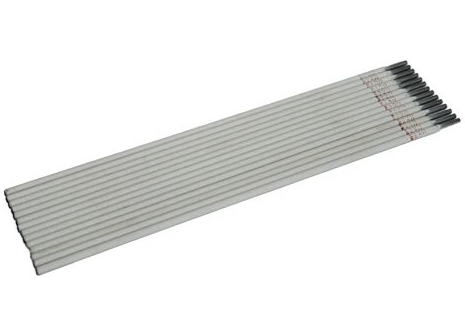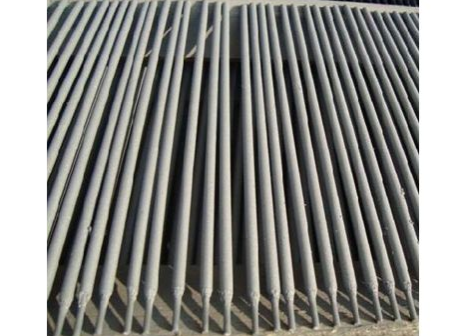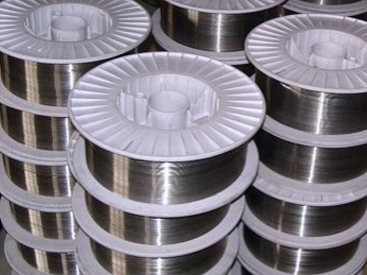The American Welding Society (AWS) classifications of filler metals provide valuable information on their availability, including which materials they are best suited for and how to use them in a way that maximizes performance.
They also provide insight into the mechanical properties that a given filler metal will provide. Knowing the AWS classification helps welding operators do what they would do if they were unfamiliar with the product and didn't necessarily know the trade name. With this information, they can look at the classification and understand its characteristics - for example, how to operate it and whether it offers low diffusion of hydrogen.
The most important information provided by the AWS classification is the indicator, which indicates that.
1) whether the product is a rod electrode, a solid wire, or a tubular wire
2) The location where it should be used
3) Its strength classification
4) Its chemistry/composition

AWS A5.1 E6011
Keep in mind that AWS classifications differ in nomenclature between rod electrodes, solid wire, and flux-cored wire as discussed here. However, the products in the following specification examples -
AWS A5.1 (carbon steel electrodes for shielded metal arc welding), A5.18 (carbon steel electrodes and rods for gas shielded arc welding), and A5.20 (carbon steel electrodes for arc welding with flux-cored wire) - are all filler metals that can be used in a variety of mild steel applications. These include general fabrication, railcar fabrication, shipbuilding, heavy equipment fabrication, etc.
A5.1 (Carbon Steel Electrode for Shielded Metal Arc Welding)
This AWS specification provides common classification criteria for rod welding electrodes, including E7018.
AWS A3.0 Standard Welding Terms and Definitions defines a welding electrode as "a component of a welding circuit through which current is conducted and terminated by an arc, molten conductive slag, or base material."
E indicates that the filler metal is a welding rod, 70 indicates the tensile strength in ksi, 1 indicates the weld position, in this case, the full position, and 8 indicates the coating on the product.
Rod electrodes can also have optional indicators, as shown in the example above.
- 1 - indicates that the electrode meets the requirements for increased toughness and ductility
- H - indicates that the electrode meets the requirements for diffusion hydrogen testing
- R - indicates that the electrode meets the optional supplemental requirements for moisture absorption testing/low hydrogen electrodes
Some rod electrodes also have an M, indicating that the electrode is intended to meet most military requirements.

AWS A5.1 E6010
A5.18 (Carbon Steel Electrodes and Rods for Gas Shielded Arc Welding)"
AWS ER70S-3 solid wire is a common filler metal in the A5.18 specification. As with the rod electrode example above, the symbol for solid wire begins with E (electrode) but is also accompanied by R (rod.) A welding rod is defined in AWS A3.0 Standard Welding Terms and Definitions as "a welding filler metal, usually packaged in straight lengths, that does not conduct welding current."
This means that the product can be used in either electrode form or rod form (usually a solid rod cut to length for the GTAW process). The S following the classification indicates that this is a solid wire product.
The solid wire may also carry an optional H symbol, like the rod electrode, indicating that the electrode or rod meets the requirements for diffused hydrogen.

Flux Cored Wire Gas-shielded
A5.20 (Carbon Steel Electrodes for Flux Cored Arc Welding)
Finally, as an example of an AWS classification for gas shielded flux cored wires, this classification illustrates the use of additional identifiers, such as C/M, which indicate that the wire can be used with 100% CO2 or a mixture of CO2 and argon gas. Similarly, H represents the diffusible hydrogen energy level.
The optional J symbol here indicates that the electrode meets the requirement for increased toughness and will deposit weld metal with a CVN characteristic of at least 20 foot-pounds at -40 degrees Fahrenheit.
The AWS classification for flux-cored wire will also include a D or Q designation. These indicate that the weld metal will meet supplemental mechanical property requirements when welded using a low heat input, rapid cooling procedure, and when welded using a high heat input, slow cooling procedure.
Whether the filler metal used for the job is electrode, solid wire, or flux-cored wire, knowing the AWS classification can help welding operators understand the performance they will get from a given product and the best way to use it. As with any part of the welding operation, more knowledge leads to better weld performance.










